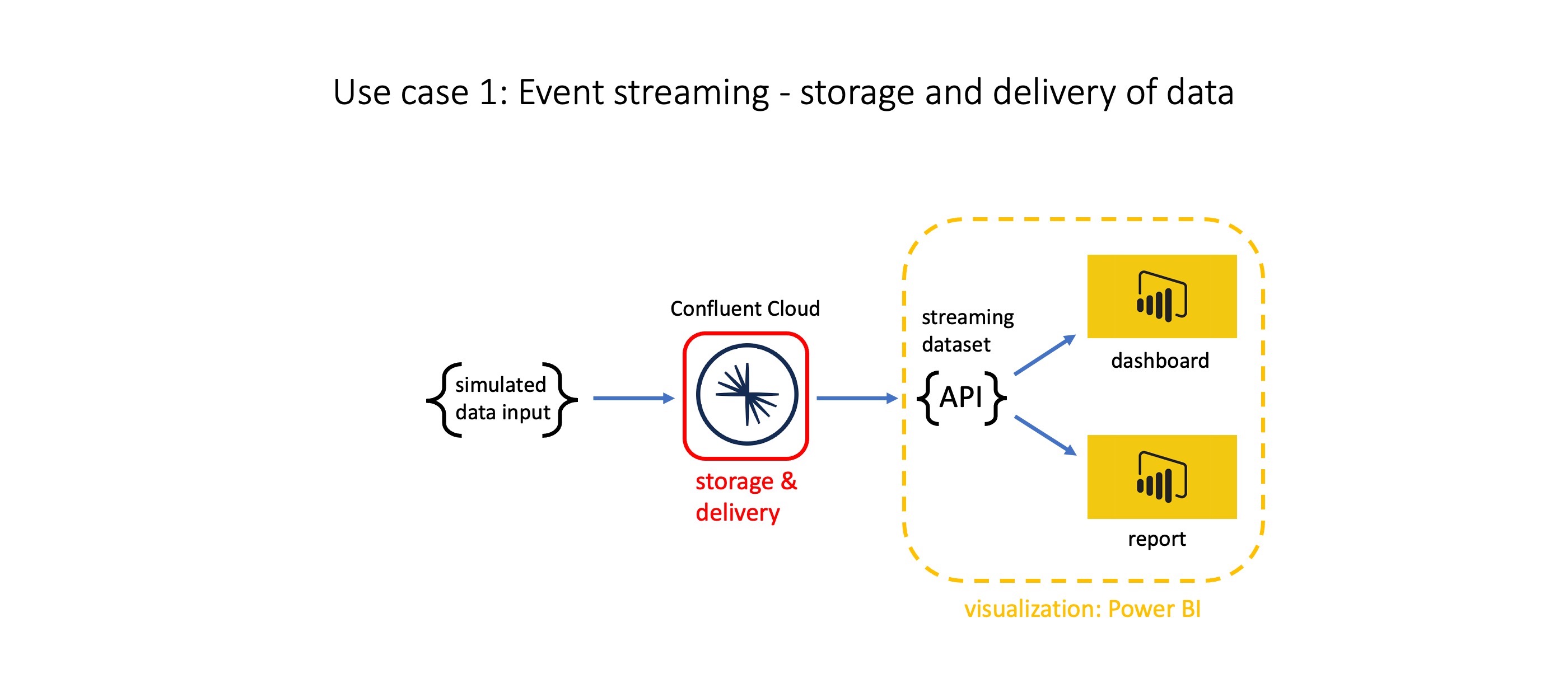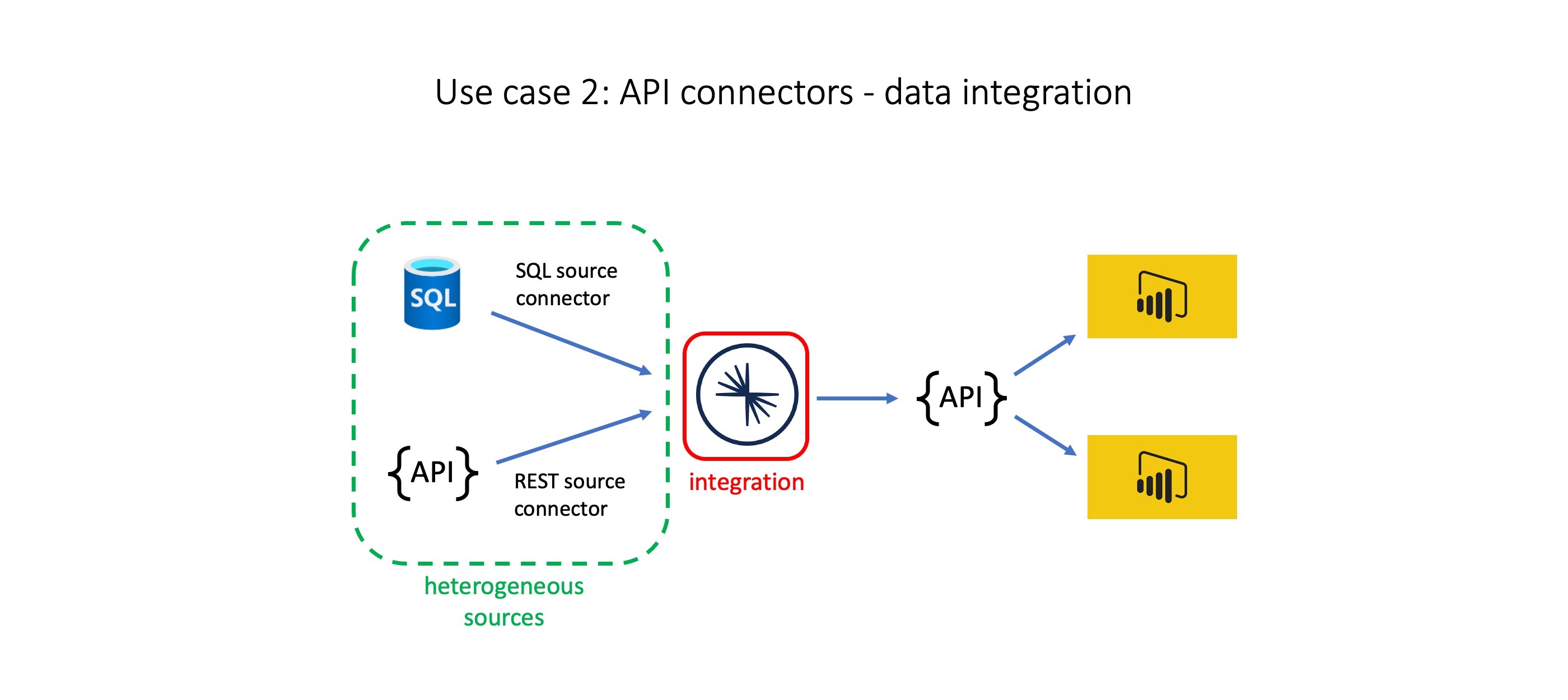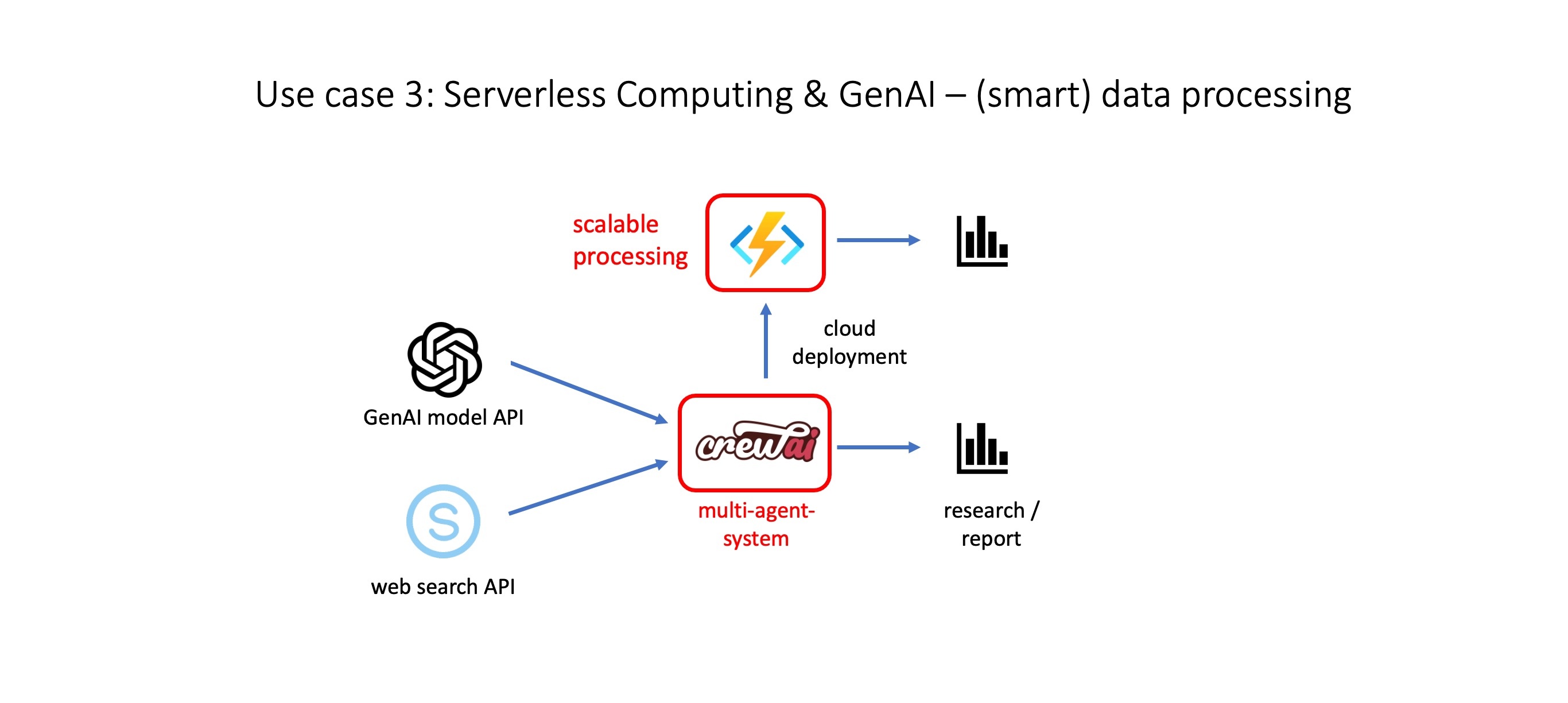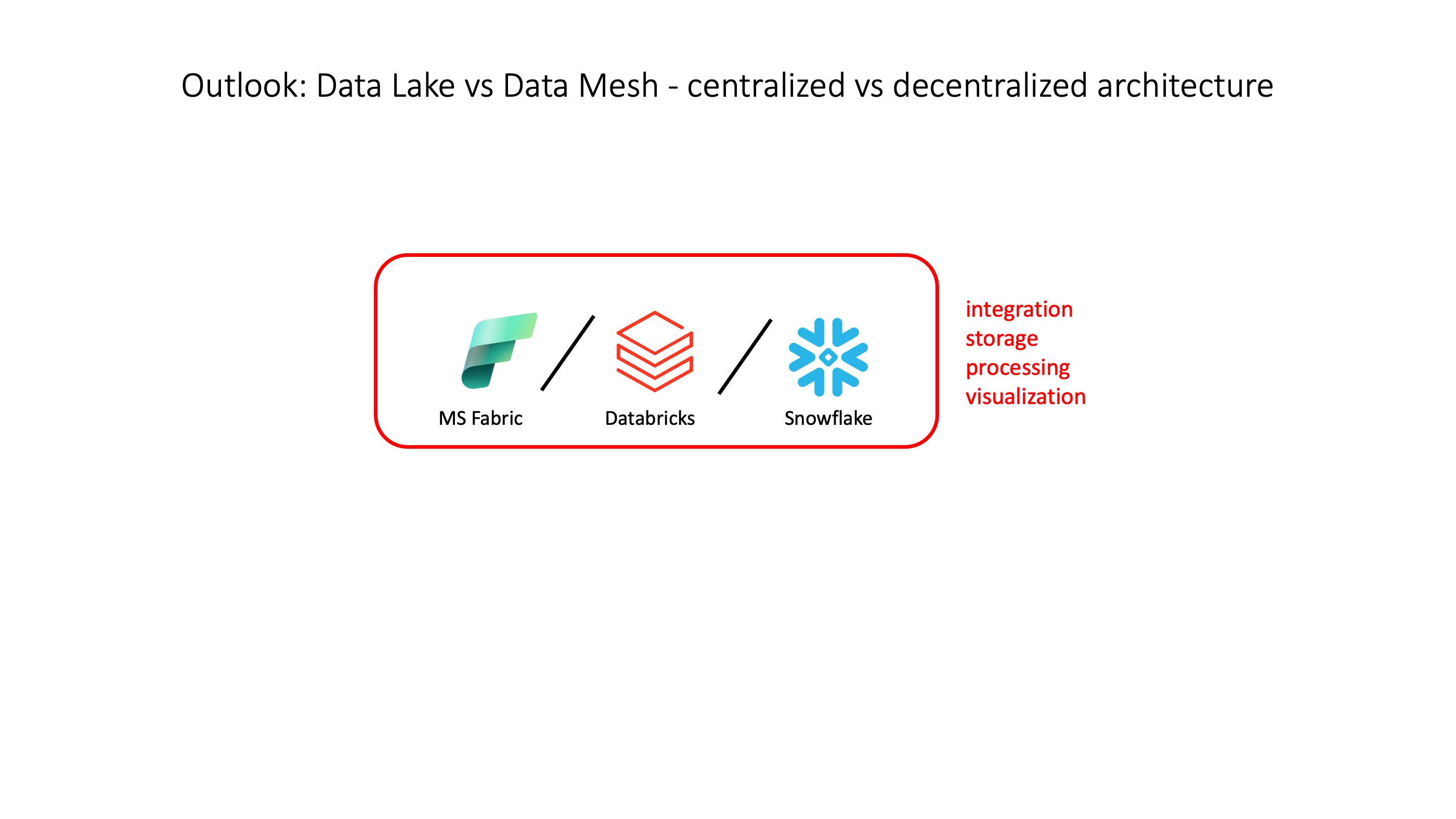Information technology has become an essential gateway for our interaction with the environment. When we think of IT, we often think of hardware and software that is right in front of us. But we also know that - as with the cloud - there are many things going on in the background that make our local experience possible. Through years of cloud-driven development, we associate the words scalable, cost-effective, and user-friendly with offerings from Amazon, Microsoft and the like. But as always, it is not the tool itself that matters, but the suitability of the tool and the skills of its user. In this blog, I take both perspectives on cloud services. Articles in the context section discuss a technology (trend) from a broad perspective in terms of usability, strategy, economic efficiency, and more. The tutorials section provides hands-on practice with representative tools of the technology itself.
New series on cloud services
The cloud hosts a multitude of services that give us access to digital memory and, nowadays, even digital intelligence. No less important is the digital nervous system that connects many of these services. Our efforts in digitalization continually increase data velocity, variety and volume. For this reason storage, delivery, integration and processing of data need to be highly dynamic. New technologies like event streaming, API connectors and serverless computing have come up to tackle those problems. I’ve started a series of posts about these trends that appear in pairs of context and tutorial publications. I would be delighted if you decide to give them a try and reflect on these topics together with me.
Three pairs of content are currently online:
- Event streaming in context and How to build your first event streaming dashboard
- The DNA of an adaptive IT strategy - a carbon accounting use case and How to process diverse data for real-time carbon accounting
- A new approach to task automation: LLM multi-agent systems and How to build a custom GenAI research and prognosis engine
Each post is connected to the previous ones, so that discussions and use cases complement each other. Step by step we get to know the landscape of characteristic cloud services and test them. A roadmap for the corresponding use cases can be found below. My goal is to paint a holistic picture of the status quo and show what paths we can take from here. I would really appreciate your feedback on the content. So feel free to start a conversation by contacting me here or over LinkedIn.





